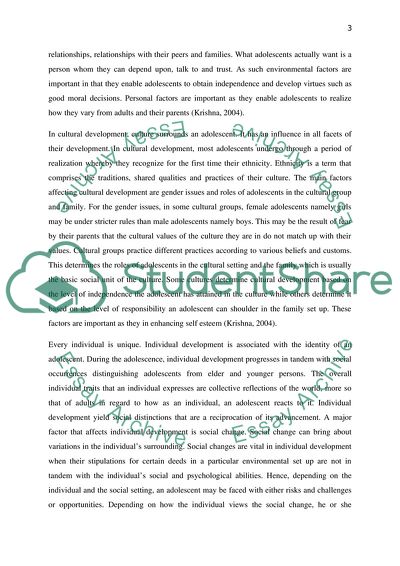Cite this document
(Teenagers as a Separate Race Term Paper Example | Topics and Well Written Essays - 3000 words, n.d.)
Teenagers as a Separate Race Term Paper Example | Topics and Well Written Essays - 3000 words. https://studentshare.org/people/1825477-adolescence
Teenagers as a Separate Race Term Paper Example | Topics and Well Written Essays - 3000 words. https://studentshare.org/people/1825477-adolescence
(Teenagers As a Separate Race Term Paper Example | Topics and Well Written Essays - 3000 Words)
Teenagers As a Separate Race Term Paper Example | Topics and Well Written Essays - 3000 Words. https://studentshare.org/people/1825477-adolescence.
Teenagers As a Separate Race Term Paper Example | Topics and Well Written Essays - 3000 Words. https://studentshare.org/people/1825477-adolescence.
“Teenagers As a Separate Race Term Paper Example | Topics and Well Written Essays - 3000 Words”. https://studentshare.org/people/1825477-adolescence.


